Mongolian Fine Art Masterpiece: ‘After Work’
视频
MONTSAME National News Agency in cooperation with the Mongolian National Modern Art Gallery is presenting a series of Mongolian fine art masterpieces. This time, we are presenting the masterpiece ‘After Work’ by G.Odon.
Artist G.Odon created the ‘After Work’ based on his summer life. When he was a student, G.Odon had used to help his mother make hay and prepare their winter camp (uvuljuu) during his summer holiday. In summer of 1947, G.Odon observed her mother placing a pot on stove and building a fire with dung fuel when he was approaching home after having finished cutting hay and rolling hay bale. The scenery of that moment made him urgently create a quick scratch using oil paints.
In 1952, G.Odon came up with an idea to turn his old scratch into the piece ‘After Work’ when he met old man with black beard carrying a sack in the street. At first, he just wanted to paint a portrait of the old man, but he felt unsatisfying for him. So, he decided to make the old man as the main character of ‘After Work’. Afterwards, he started developing the composition of the painting.
He created the work with composition that the old man is surrounded by people of different ages with different characteristics.
Although G.Odon disguised features of real models in his painting, it turned out to be similar to the real models: brigade commander old man Choivoon, on his left hand another old man Baldansambuu in red deel, a university student reading a newspaper, a worried girl in blue shirt, a man who recently discharged from military and a man who getting scolded by the others.
G.Odon painted all elements from real objects including characters, horse mower, horse collar, metal plates for fastening saddle, kitchen appliances, food and drink, so the painting depicts the event as if it was in real life.
Artist G.Odon wrote about how he created ‘After Work’ on the second issue of the magazine ‘Art of Painting’ in 1979.
G.Odon aimed at depicting country life and cooperative movement in the 1950s and benefits of working together. Moreover, the artist carefully considered to make his work as a research material for future generations, including how the elder people were role models to youths with their acts and the way of living, what labor tools were used and even how was the clothing of that time.
 Ulaanbaatar
Ulaanbaatar








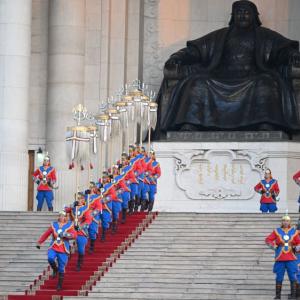






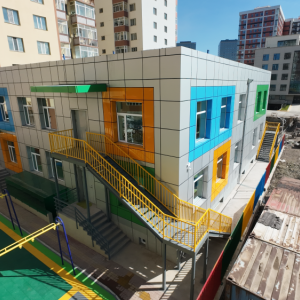
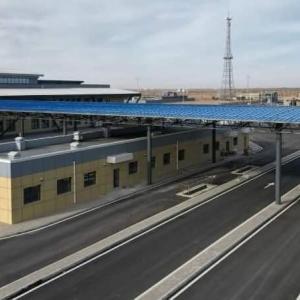






















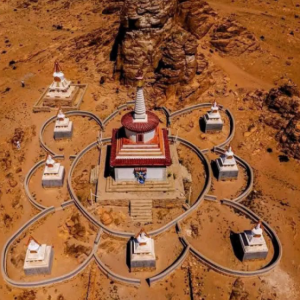


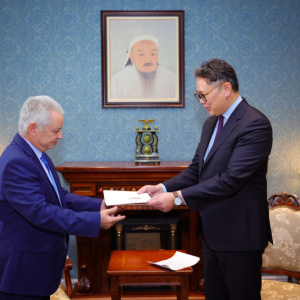







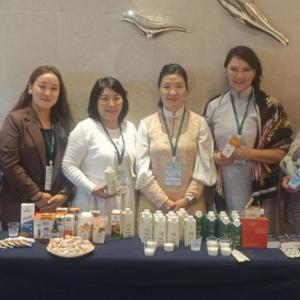



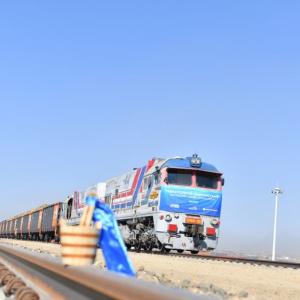







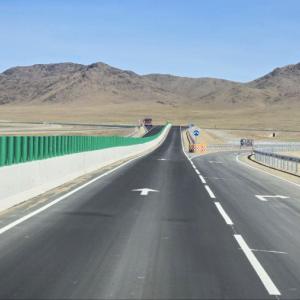







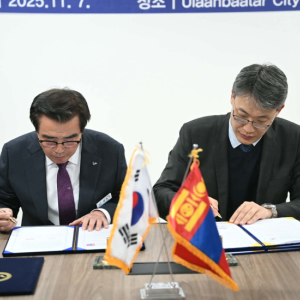

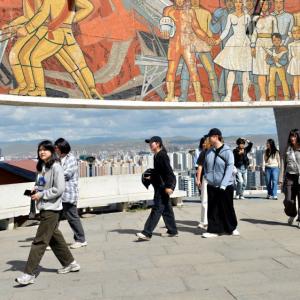






注释